We've combed through thousands of resources to offer you our first official guide to flipped classrooms. It's a curated list just for you.
Get Started for FREE
Sign up with Facebook Sign up with X
I don't have a Facebook or a X account
 Your new post is loading... Your new post is loading...
 Your new post is loading... Your new post is loading...
Florence HENCKE's comment,
August 9, 2013 3:10 AM
Thank you for this infographic and the sources you used, the importance of having fun while learning seems to increase in education. Good news !

Ines Evaristo's curator insight,
August 21, 2013 6:53 PM
Una buena infografía que resume estudios con resultados del efecto de los videojuegos en el aprendizaje de la educacion superior, cosa que no habia visto mucho. Además, el inicio es bastante claro, hacer un videojuego "serio" o educativo es doble reto: lograr los objetivos de aprendizaje propuestos y diseñar un gameplay igualmente divertido, motivador, estimulante... es la diferencia entre un videojuego educativo de un juego didactico.
Taryn Coxall's curator insight,
October 8, 2013 10:24 PM
This article gives great insight into the upcoming phenominon of "Game Based Learning".Although i have never seen it in my practises, after reading abit about it, i believe game based learning is something i would incoperate into my own classroom. Game Based learning provides a stimulating and engaging way of learning for children on a wide range of educational areas and topics. It is proven through this approach to learning students aremore likely to become motivated to learn, become increasingly engage and excel in their learning. great resource which has iven me great insight.

Audrey's comment,
June 16, 2013 2:01 PM
This is absolutely true, we process visual information so much faster. Have a look at the learning material at: http://www.homeschoolsource.co.uk

Angela K. Adams's curator insight,
October 24, 2015 1:05 PM
Technology - I chose this resource because it addresses a real concern regarding implementing technology in the classroom. Many teachers use technology, but are we really using it in a way that increases student engagement and academic achievement. I hope to share this resource with administration to show them things to look for when observing technology in the classroom. |
|





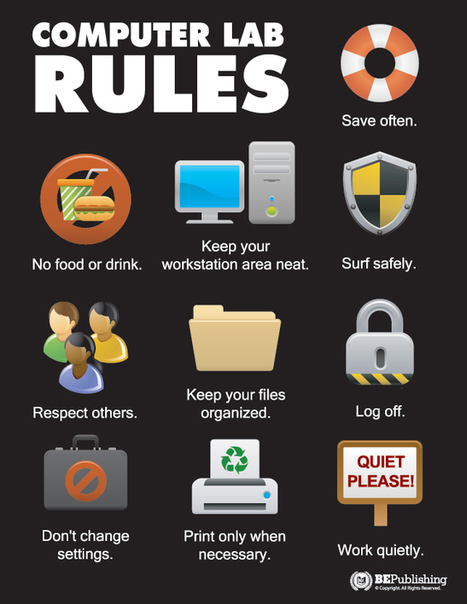
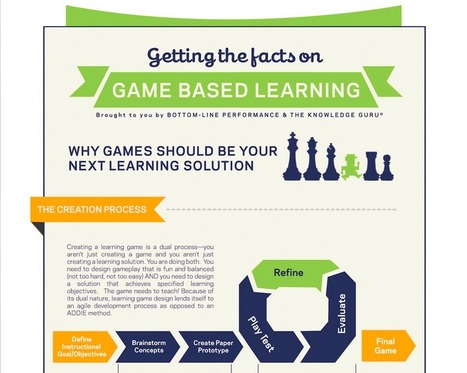
![13 Reasons Why Your Brain Craves Infographics [HTML 5] | Eclectic Technology | Scoop.it](https://img.scoop.it/gmLPkN8X1h7gy4FcdrAf7Tl72eJkfbmt4t8yenImKBVvK0kTmF0xjctABnaLJIm9)


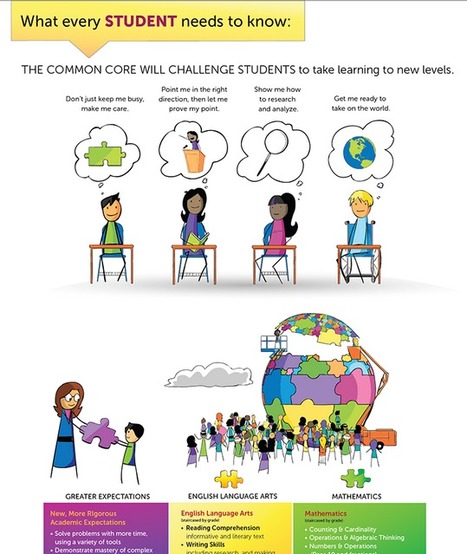
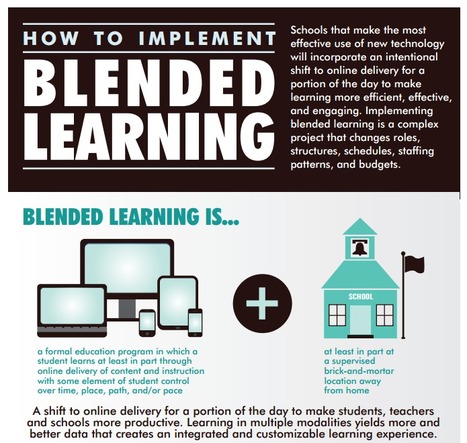





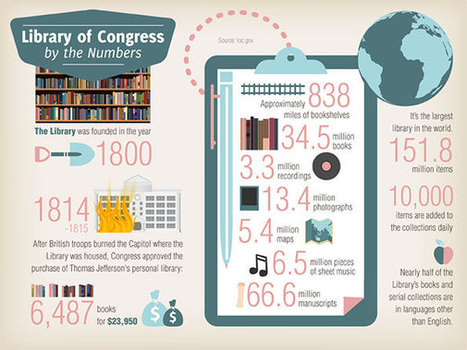

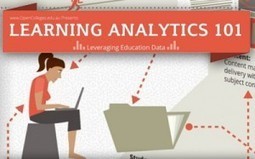
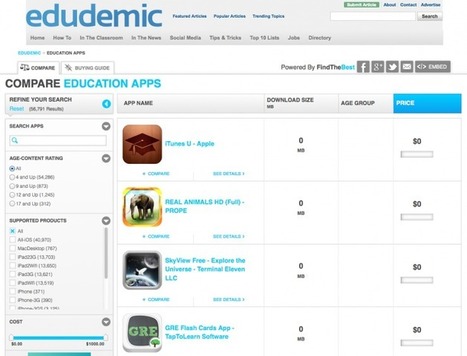
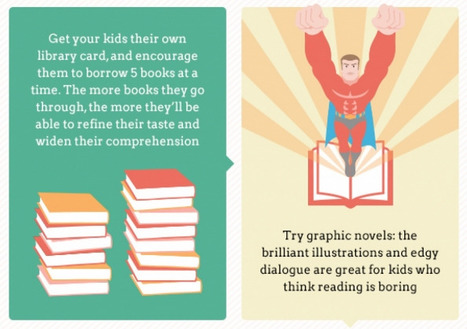
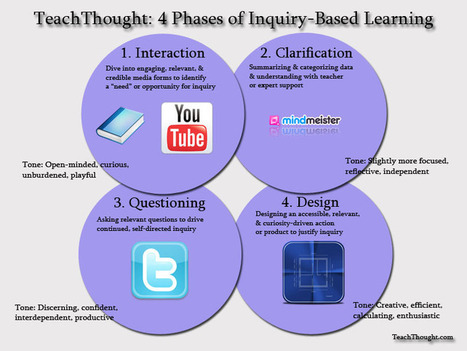

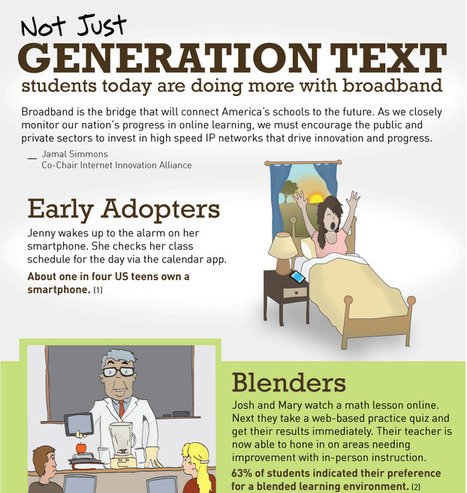
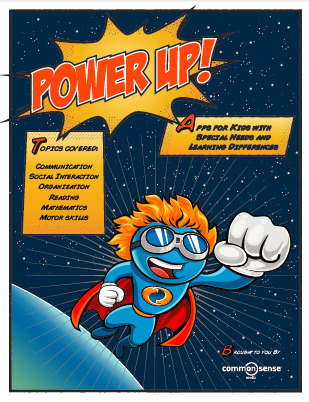
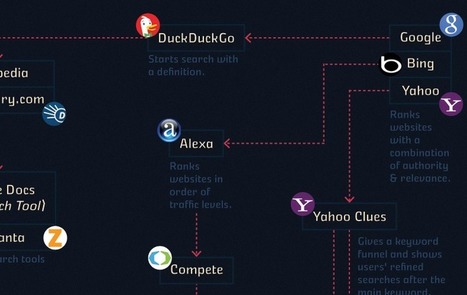
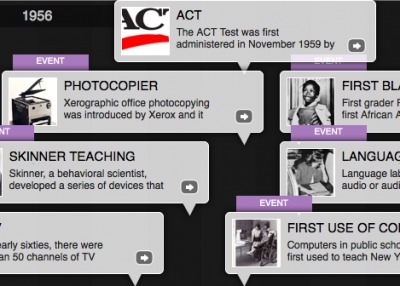
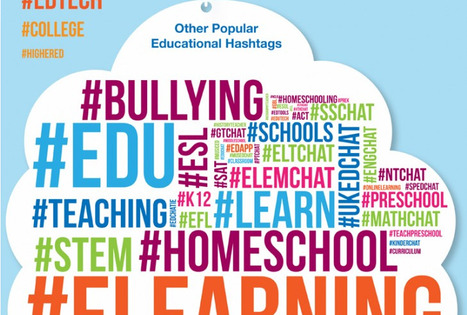
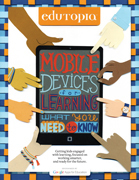

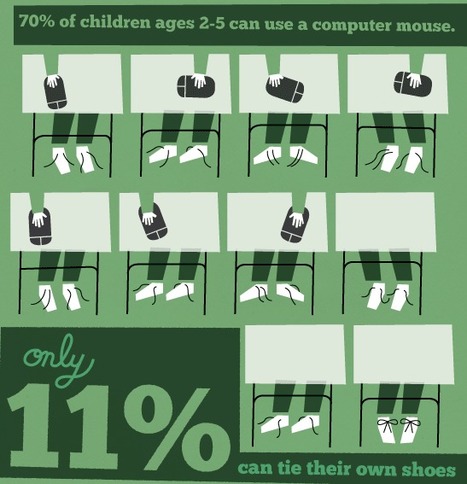

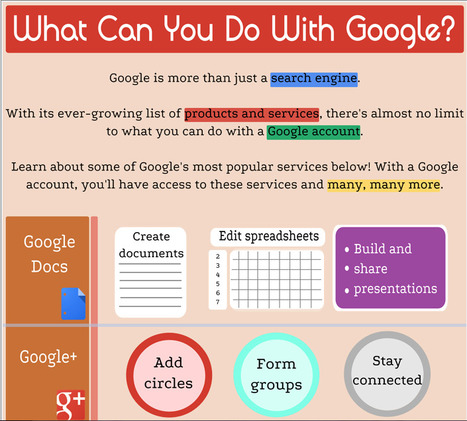





Let's flip the classroom! I'm trying!
GrowNextGen curricular units are built upon this philosophy. Great guide!